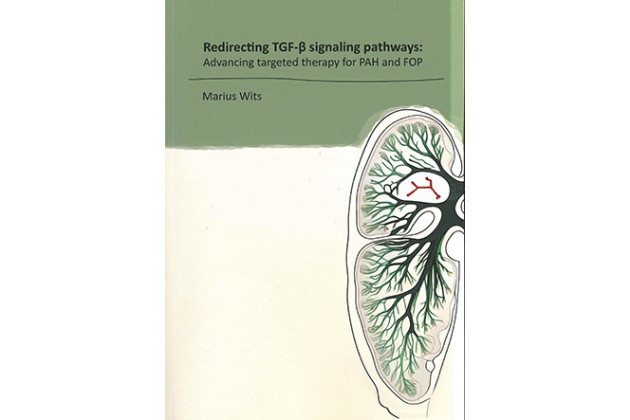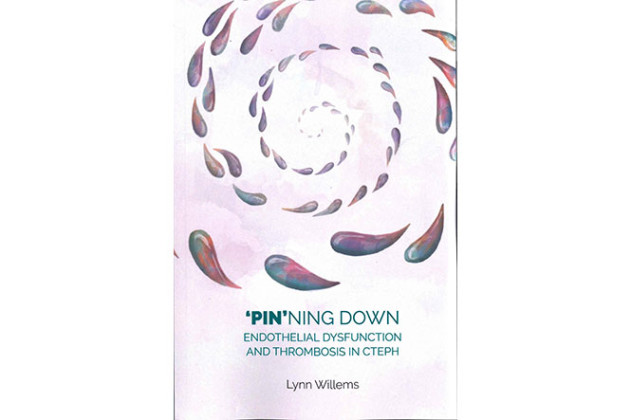During embryonic development, the formation heart and blood vessels are highly coordinated processes involving a complex interplay between stem/progenitor cells and their environment. Cells respond to locally produced growth factor signals, and interact with the extracellular matrix to coordinate proper differentiation. We aim to unravel the signals that the embryo applies and translate that knowledge to ‘tissue engineer’ heart tissue in a dish, to improve (stem) cell transplantation, and to stimulate endogenous repair after injury.
Optimal regulation of growth factor signalling is crucial for normal embryonic development, as well as for normal physiology in adult life. Transforming growth factor beta (TGF-β) is a key growth factor family important for the differentiation of stem cells into the building blocks of heart and blood vessels, both in a dish and in real life. Moreover, TGF-β signalling coordinates the activity of other growth factors during development and in adult pathological environments (i.e., Wnt, Fibroblast growth factor, Notch). As a result. genetic mutations in components of the TGF-β signal transduction pathway underlie several diseases including the hereditary cardiovascular disorders pulmonary arterial hypertension (PAH), Fibrodysplasia ossificans progressiva (FOP), and Osler-Weber-Rendu’s syndorme. Disturbed TGF-β signalling also contributes to fibrosis of the heart and the development of atherosclerosis and vascular calcification, valvular disorders and heart failure.
The main research themes of our group are:
1) applying and improving cell-based and gene transplantation therapy for cardiac repair2) investigating cellular contribution and paracrine signals to indue endogenous cardiac repair and 3) modulatingendothelial dysfunction / endothelial to mesenchymal transition as a substrate for calcification, fibrosis, hypertrophy, and valvular disease. Furthermore, we exploit cell plasticity for future tissue engineering applications. Our group uses molecular approaches in combination with in vitro model systems and patient derived cells, 2D and 3D cell research platforms, preclinical animal models for cardiovascular disease, and patient tissue biopsies to validate our findings, with the ultimate goal to translate our basic discoveries to the clinic.


